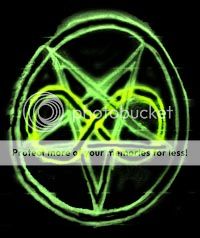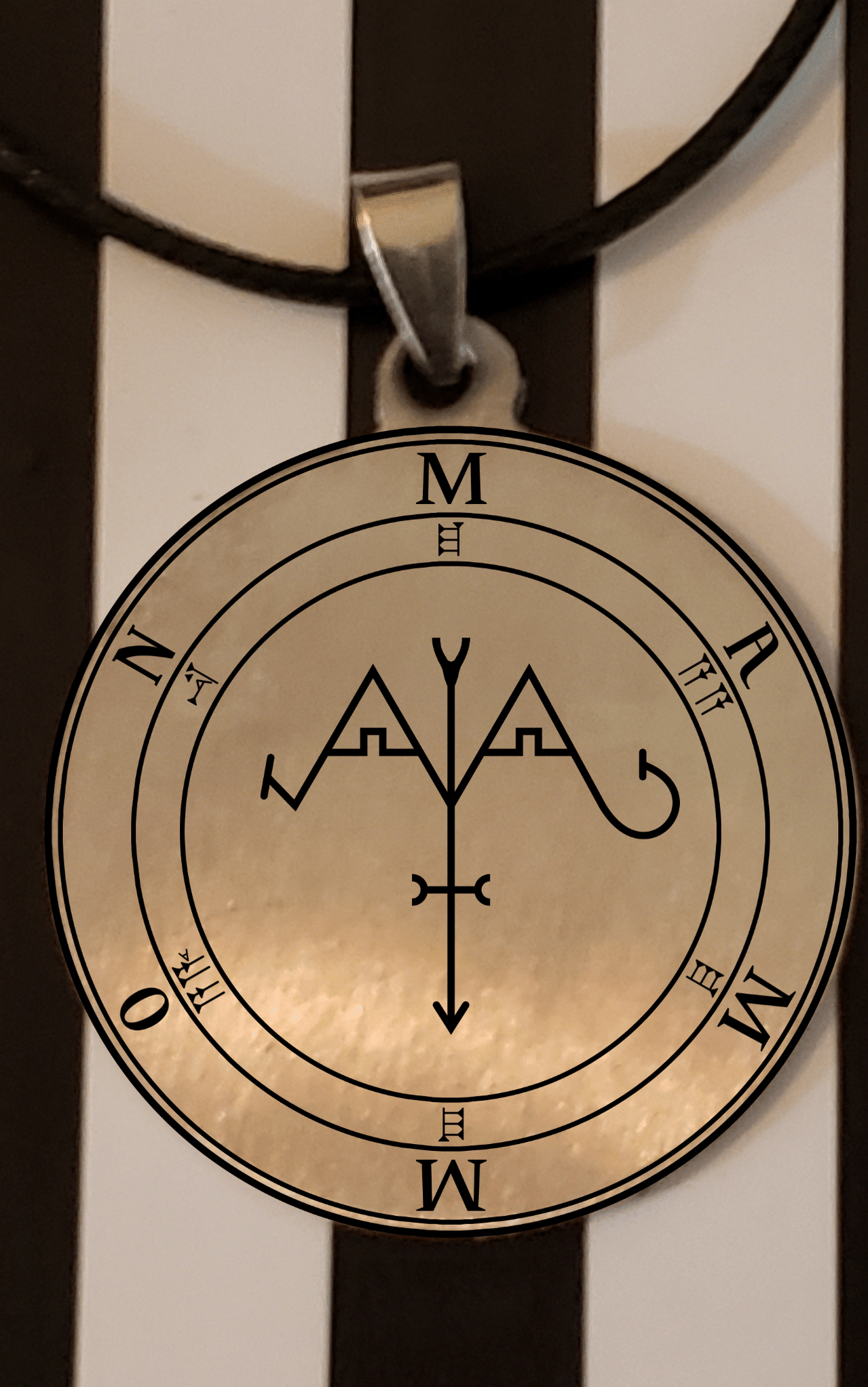

He also played a significant role in the underworld as the source of mineral wealth and bountiful crops.Ī follower of Jesus and Paul would have an easy time associating this wealthy deity from below ground with the master competing for one’s soul through worldly riches and avarice. As the god of wealth, he controlled an immense fortune that could attract the covetousness of humans. In the first three centuries, many Christian converts sought to make connections between their new faith and the religion of Rome with its pantheon of deities. Mammon quickly took on a negative connotation among early Christians who began to view the world they inhabited and its values as sinful, primarily the world of the Roman Empire. On the surface, this seems to be contrary to the basic Christian teaching of honesty, justice, and righteousness.īy referring to it as unrighteous, Jesus is indicating that wealth and money have no inherent spiritual value, positive or negative, but this is not how he was understood much of the time. Jesus is teaching that the shrewd use of “unrighteous mammon” to make friends is good. A dishonest steward is commended by his master for acting shrewdly in dealing with the debts owed to the master by others. The context of Luke 16 is an odd parable of Jesus’. Jesus also mentions the word in verse 9 and verse 11. You cannot serve God and mammon.” Luke 16:13 is a parallel verse to this one. “No one can serve two masters for either he will hate the one and love the other, or he will be devoted to the one and despise the other. Matthew 6:24 is the more famous passage because it is part of the well-known Sermon on the Mount. The references to mammon occur in the Gospels of Matthew and Luke when Jesus is teaching a crowd. Many demons, including Lucifer, Beelzebub, and Asmodeus, have a reference point in the Hebrew Bible connecting them to one of the many gods worshipped by peoples the ancient Jews interacted with, such as the Philistines, Babylonians, and Persians. Biblical References to Mammon Mammon in Dictionnaire Infernal by Collin de Plancy’s. By the time of Jesus, it had replaced Hebrew as the everyday language spoken by first-century Jews. The use of the term in the Greek text comes from the Aramaic word for wealth and accumulation of goods, mamona.Īramaic was a Semitic language spoken by several groups in the region of the near east. Koine Greek spread rapidly during the reign of Alexander the Great and was the lingua franca for much of the ancient world from the fourth century BCE onward. Mammona, in the late Latin of the Vulgate, is spelled mamonas in the Koine Greek or “common” Greek of the New Testament. The translators of the King James Bible followed suit in 1611 when using the Vulgate to translate the Bible into English. Jerome transliterated the “mammon” from the Greek text. Since then, it has undergone several revisions and was made the official text of the Catholic Church at the Council of Trent in the middle of the 16th century. Jerome and commissioned by Pope Damasus I, it was completed in the late fourth century CE.

The Vulgate is the official Latin translation of the Bible used by the Roman Catholic Church. The word mammon came into the English language by way of the Latin Vulgate. Theologians and clergymen went so far as to personify Mammon as a demon of greed during the Middle Ages. Over the centuries, it has become a pejorative term for money, wealth, and greed.

Mammon is a biblical term famously used by Jesus in the Gospel of Matthew while referring to worldly wealth and riches.


 0 kommentar(er)
0 kommentar(er)
